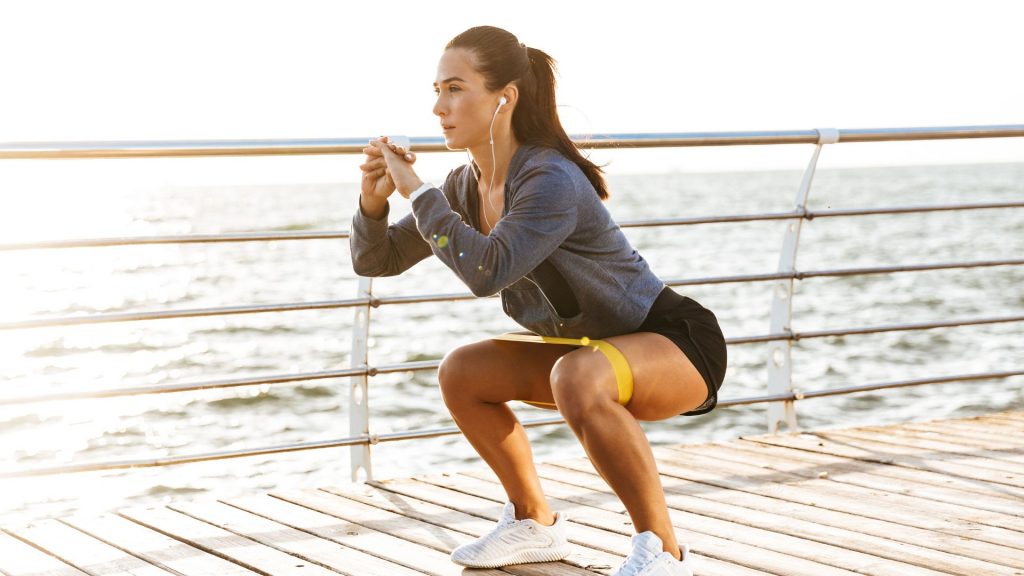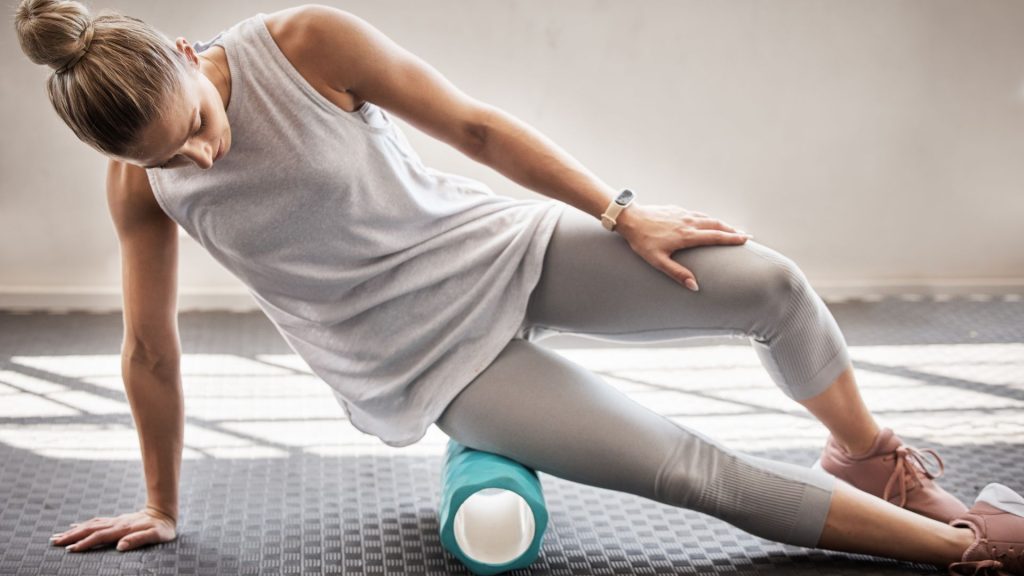
Understanding the Main Muscles of the Human Body
The human body is a complex, dynamic structure composed of over 600 muscles, each playing a crucial role in movement, posture, and overall bodily function. Whether you’re lifting a bag of groceries, going for a jog, or even simply standing upright, your muscles are constantly at work. In this blog post, we’ll explore where the main muscles of the body are located and their primary functions, so you can better understand the mechanics behind everyday movement.
1. The Upper Body Muscles
a. Pectoral Muscles (Chest)
Location: These are the large muscles located on the front of the upper chest.
– Main Muscle: Pectoralis major, which spans from the collarbone to the upper arm.
– Function: The pectorals are responsible for movements like pushing, lifting, and bringing your arms toward the body (adduction).
b. Trapezius (Upper Back and Neck)
Location: This large, kite-shaped muscle spans from the back of the neck to the middle of the back and across the shoulders.
– Function: The trapezius stabilises and moves the shoulder blades, supporting movements like shrugging, rotating the arms, and lifting objects overhead.
c. Latissimus Dorsi (Lower Back)
Location: These are the broad muscles covering the lower back, fanning out from the spine to the armpits.
– Function: The latissimus dorsi helps pull the arms back and downward, making them essential for rowing, swimming, or pulling objects toward the body.
d. Deltoids (Shoulders)
Location: The deltoids form the rounded contour of the shoulder and consist of three parts (anterior, lateral, and posterior).
– Function: These muscles allow you to lift your arms, move them forward, to the side, and behind the body.
e. Biceps (Front of the Arm)
Location: Situated on the front of the upper arm between the shoulder and the elbow.
– Function: The biceps flex the elbow and rotate the forearm, playing a vital role in actions like lifting, pulling, and bending the arm.
f. Triceps (Back of the Arm)
Location: On the opposite side of the arm, the triceps run along the back from the shoulder to the elbow.
– Function: The triceps extend the elbow, allowing you to straighten your arm.
2. Core Muscles
a. Rectus Abdominis (Abdominals)
Location: Commonly referred to as the “six-pack” muscles, these run vertically along the front of the abdomen.
– Function: They are responsible for flexing the spine, stabilizing the pelvis, and are heavily involved in movements like crunches, sit-ups, and bending forward.
b. Obliques (Side of the Abdomen)
Location: Located on the sides of the abdomen, there are both internal and external obliques.
– Function: These muscles allow for twisting and bending of the torso and help in stabilising the core.
c. Erector Spinae (Lower Back)
Location: Running along the spine from the neck to the lower back.
– Function: The erector spinae helps in extending the spine (leaning back), maintaining posture, and stabilizing the back during movements.
3. Lower Body Muscles
a. Gluteal Muscles (Buttocks)
Location: Comprising the gluteus maximus, medius, and minimus, these are located in the buttock region.
– Function: The gluteal muscles are essential for hip movement, especially for activities like walking, running, and climbing stairs. The gluteus maximus is the largest and most powerful of the three, responsible for extending the hip (pushing the leg backward).
b. Quadriceps (Front of the Thigh)
Location: This group of four muscles is located on the front of the thigh.
– Main Muscles: Rectus femoris, vastus lateralis, vastus medialis, and vastus intermedius.
– Function: The quadriceps extend the knee and are key in activities like walking, running, and jumping.
c. Hamstrings (Back of the Thigh)
Location: Running along the back of the thigh from the hip to the knee.
– Main Muscles: Biceps femoris, semitendinosus, and semimembranosus.
– Function: The hamstrings flex the knee and extend the hip, crucial for movements like running, squatting, and bending the leg.
d. Adductors (Inner Thigh)
Location: Situated along the inner side of the thigh.
– Function: These muscles bring the legs together (adduction) and stabilise the hip during movement.
4. Leg and Foot Muscles
a. Gastrocnemius and Soleus (Calf Muscles)
Location: These are the main muscles of the lower leg, forming the bulk of the calf.
– Function: The gastrocnemius and soleus work together to allow you to point your toes downward (plantarflexion), making them vital for walking, running, and jumping.
b. Tibialis Anterior (Shin Muscle)
Location: Runs along the front of the lower leg, just to the side of the shin bone (tibia).
– Function: This muscle helps in dorsiflexion, where the toes are lifted upward. It’s essential for controlling foot placement during walking or running.
Summary
The muscles in your body work harmoniously to allow you to perform even the simplest tasks. Understanding where the major muscles are located and their primary functions can help you appreciate the complexity of movement and the importance of keeping them strong and healthy. Whether you’re hitting the gym, playing sports, or simply stretching, knowing the role each muscle plays will make you more mindful of your body and how to take care of it.
So next time you lift, twist, or bend, you’ll have a better idea of which muscles are doing the heavy lifting!
Please do get in touch if you want to learn more about specific muscle groups or exercises to strengthen them!
Caroline x



